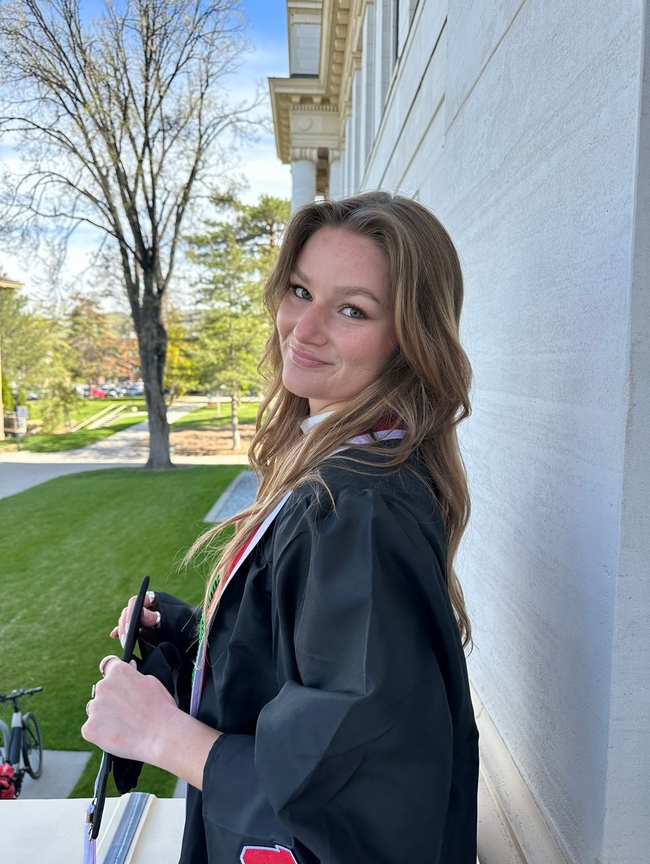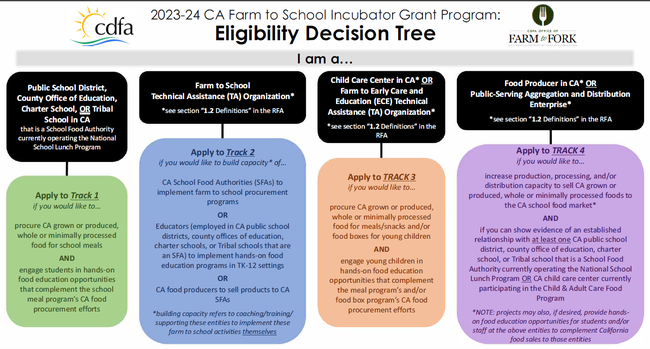- Author: Michael Jaquez
When it comes to animal housing, manure management requires thought and consideration. Much of this decision depends on the size of the operation, species of animal, and the overall goals of your farming practices. Deep bedding models have become more popular, specifically compost bedded pack barns (CBP) seen in the dairy industry.
A compost bedded pack is a style of deep bedding system that combines a dry, fine litter such as shavings, with the animal's manure, resulting in a favorable environment that slowly composts the manure (Bewley et al., 2012). This style of manure management provides a large space for dairy cattle to rest, and has been reported to reduce odor, results in fewer flies, and improved cow cleanliness to name a few (Bewley et al., 2012). For a CBP to be successful, a new carbon source (Such as shavings or nut hulls) must be added each day to the pack, and the area must be aerated to encourage the bacteria to breakdown the organic matter, resulting in a usable compost once the pack is cleaned out, which typically happens once or twice a year (Bewley et al., 2012).
Deep bedding systems similar to CBP have been used in other livestock industries as well. Poultry producers have used deep bedding systems to achieve a similar goal, as well as swine operations. Chickens consistently scratch and turn the bedding in search of tasty treats, and pigs root through the bedding for similar reasons. A deep bedding system is a favorable environment from an animal welfare perspective as well.
Curious about deep bedding systems and want more information? Watch these videos to learn more:
 |
 |
| Compost Bedding Pack Barn | How Joel Salatin Uses Pigs and Chickens to Fertilize His Farm |
References
Bewley, Jeffrey & Taraba, Joseph & Day, George & Black, Randi & Damasceno, Flavio. (2012). Compost Bedded Pack Barn Design: Features and Management Considerations. University of Kentucky Cooperative Extension Service Publication. ID.
- Author: Caddie M Bergren
Danielle Duyst is our newest Community Education Specialist with the UC ANR Climate Smart Agriculture Program based in Tulare and Kern Counties. She is excited to support farmers throughout the Central Valley and assist in implementing sustainable farm practices. Danielle grew up in Tulare County on an orange orchard and lives in Visalia today.
Her interest in environmental science and sustainability began when she got her first field job early in college as an X-Ray Fluorescence (XRF) lab assistant for an agriculture science lab supporting farmers in Tulare. She continued to explore her passion for the environment through completing a bachelor's degree in Environmental and Sustainability Studies at the University of Utah. Throughout her time at U of Utah, she studied atmospheric physics, environmental science, climate change, climate records, environmental justice, and more. During her final semester, she worked with Seven Canyons Trust and Utah Radon Lab to increase environmental health in Salt Lake City.
Danielle is excited to support farmers and spread education concerning climate-smart agriculture throughout Tulare and Kern counties. She can be contacted at dduyst@ucanr.edu.
- Author: Michael Jaquez
Why integrate livestock into your cropping system?
Historically, farmers raised both crops and livestock because they are mutually beneficial. In an article titled, “Integrating Livestock and Crops: Improving Soil, Solving Problems, Increasing Income,” Linda Coffey and Tra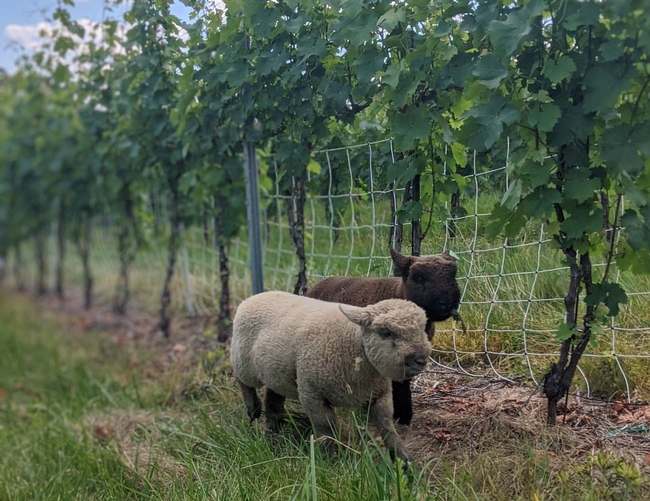
Here are a few examples of integrating livestock into cropping systems, and the benefits that result.
|
Seasonally grazing sheep in the vineyard reduces fossil fuel usage, reduces and eliminates the use of herbicides, produces manure to provide nutrients and organic matter to the soil, and results in a high quality, grass-fed lamb. |
Ducks are used to control pests in South African Vineyards which reduces the use of insecticides, and their manure provides additional nutrient benefits to the soil. |
|
Massa Organics combine cover crops, no-till, and uses sheep to control the plant growth on the floor of their almond orchard, thus eliminating the need for herbicides and artificial fertilizers. |
A farm that grows a variety of processing vegetables uses strip tillage and cattle to graze their high residue cropping system. This reduces erosion, improves the soil structure, and brings in additional revenue. |
References:
- Author: Caddie M Bergren
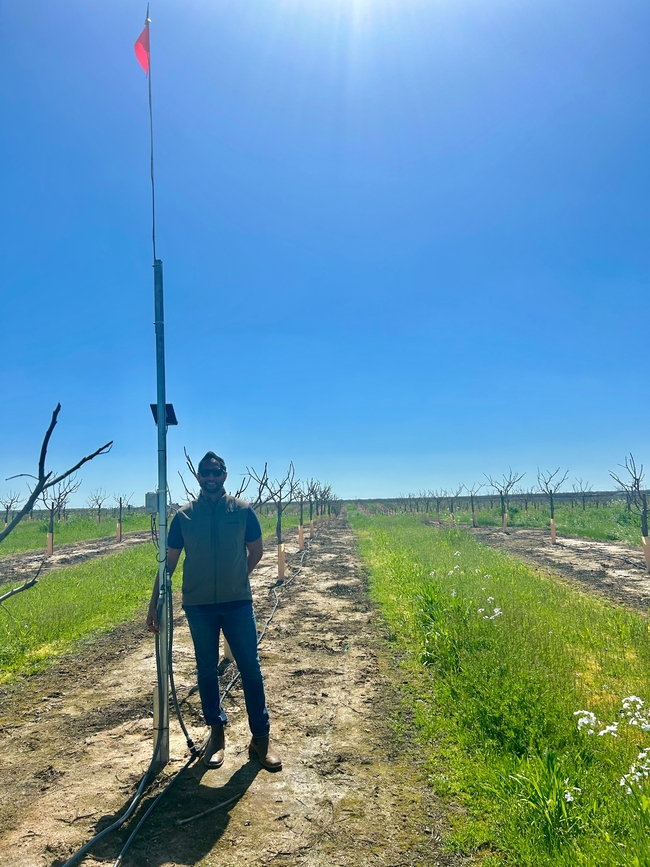
He opted for adding deep root irrigation, which can be attached to his existing dripline. Instead of a traditional drip emitter at the soil surface, he added a buried vertical rod with holes in it, buried about 24 inches deep, with two such rods next to each tree. When asked why he chose this method, Mr. Athwal says, “In the 2020-2022 drought, we were struggling to put enough water on our trees to meet their peak demand. Water was very expensive and the cost to drill a well was also very expensive. Deep Root Irrigation (DRI) offered us an ability to meet the trees demand but with a water savings ranging from 20-30%. In CA, water is gold and DRI helps us use this vital resource more wisely.“
Additionally, as part of his SWEEP grant, he added a variable frequency drive (VFD) to his existing irrigation pump. This will allow him to save energy by varying the amount of energy used by the pump when irrigating different-sized fields. He also installed a weather station with 7 moisture sensors throughout the field, which are tied into an automated system that he can control on his phone. This means he can remotely check on moisture levels throughout the field, and schedule irrigation sets only when necessary. This can be especially helpful in the spring as temperatures are rising, the soil surface appears dry but there can still be plenty of moisture down the soil profile.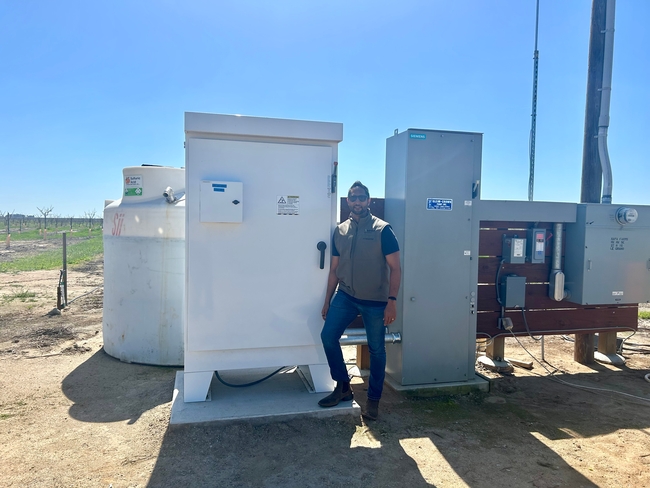
As we visited his fields, what you mainly notice are the tall rows of cover crop in between his tree rows. He says, “I'd spoken to a lot of farmers who had used cover crops and couldn't wait to tell me about the benefits that this practice offered. When it comes to farming, my mentality has always been farm the ground as if you will farm it forever. Soil health is a major part of that and when I learned of others positive experiences with cropping, I wanted to try it myself.”
He teamed up with the local RCD to participate in their Conservation Innovation Grant and try cover cropping on some of his fields. Since then, he has expanded the practice to 80% of his fields and plans to continue. Nav says he “saw first hand the difference cover cropping made with respect to water infiltration, breaking up hard dirt, filling cracked dirt, creating a habitat for beneficials, increasing organic matter and the list goes on."
Both deep root irrigation and cover cropping can be a big adjustment. His advice to growers who want to try either practice is, “Start small. Test it out on a block, make sure it works for you and then you can expand from there. For DRI, the hardest thing to get right is the installation. Make sure you have a crew that understands the installation process and doesn't cut corners. As for cover crop, work with Project ApisM...they are a great resource! “
“As farmers, our job is to produce quality food for the world while preserving natural resources to the best of our ability. We're stewards of the land, water, soil etc. and finding ways to preserve these resources not only help the environment and our neighbors, but our overall economics as well.”
If you are interested in the SWEEP program or have questions, click here to contact a technical service provider near you.
- Author: Nicki Anderson
CDFA Farm to School Incubator Grant Program open until April 4, 2024
The CDFA Farm to School Incubator Grant Program is open until April 4, 2024 and has $52.8 million in funding available.
There are 4 Different Track Options:
Track 4 will fund California food producers and public-serving aggregation and distribution enterprises to increase production, processing, and/or distribution capacity to sell California grown or produced, whole or minimally processed foods to the California school food market.
To be eligible, an applicant must show evidence of an established relationship with each California School Food Authority or childcare center operator of the Child and Adult Care Food Program (CACFP) to which they intend to sell food. Funding will prioritize small to midsized food producers; veteran, socially disadvantaged, and/or limited-resource food producers; and food producers utilizing climate smart agriculture practices, climate smart agriculture production systems like certified organic or transitioning to certified organic, or other regenerative strategies.
Applicants may propose to use funds to:
(1) purchase infrastructure, equipment, and supplies to increase production, processing, and/or distribution capacity to sell California grown or produced, whole or minimally processed foods to schools; and/or
(2) purchase infrastructure, equipment, and supplies to establish or enhance the use of climate smart agriculture practices, production systems, and/or other regenerative strategies when producing California grown or produced, whole or minimally processed foods to sell to schools; and/or
(3) cover staffing costs dedicated to farm to school activities; and/or
(4) pursue certifications, licensures, or insurance that the applicant needs to sell California grown or produced, whole or minimally processed foods to schools; and/or
(5) establish new or expand existing hands-on food education opportunities for students, School Food Authority staff, and/or child care center staff that complement the applicant's existing or project-related California food sales to California schools, such as field trips, producer visits to the cafeteria or classroom, etc
For more information:
CDFA Farm to School Grant webpage
CDFA Farm to School Grant FAQs
Register HERE for the next Q&A zoom session on Thursday, March 28 at 6PM.
Contact the CDFA Office of Farm to Fork team at cafarmtoschool@cdfa.ca.gov

